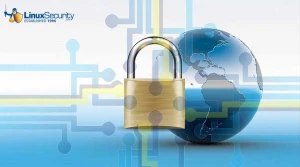Using Credit Cards Online, Are you Safe?
Card number generating software such as CMaster4 are able to generate fake real-looking numbers. Even today, there are sites which process transactions only by checking the validity credit card number itself (not qwhether the number exists or not). Hard to believe, but 2-3 years ago, Mail.com used to only check for the credit card number and if it was found to be correct, the user would have access to platinum account with increased webspace. My research showed that only after a day would mail.com send you a reply back saying the details that you have entered are invalid... but by that time a malicious user has already used the paid service for free. During the recent french open event, rolandgarros.com had opened a merchandise site for selling items related to the event. The site used SSL but it did not bother to check the credit card number of the customer, only a small javascript was introduced in the web page for validating the card.
The link for this article located at Linux.com is no longer available.























